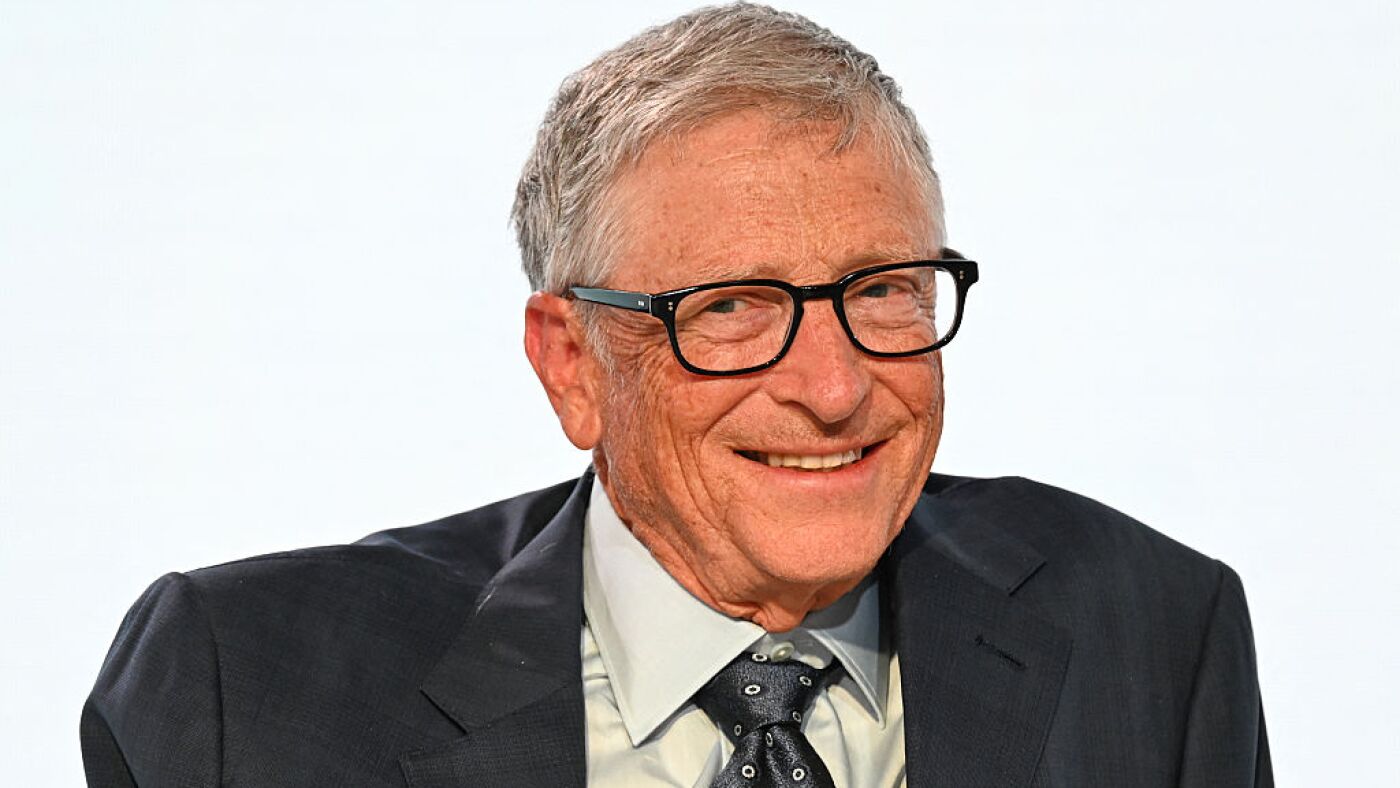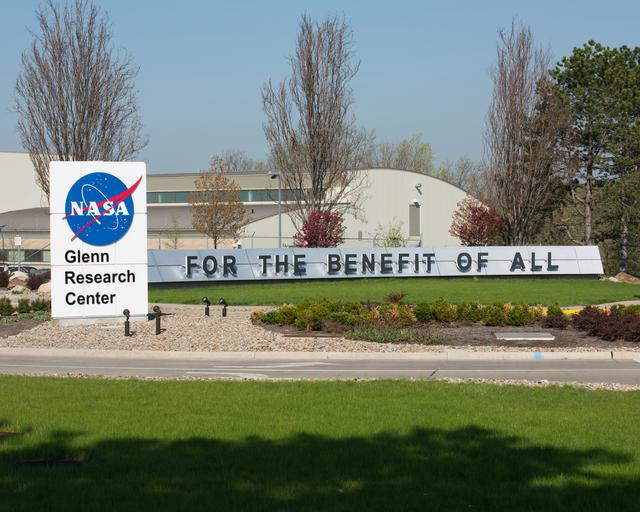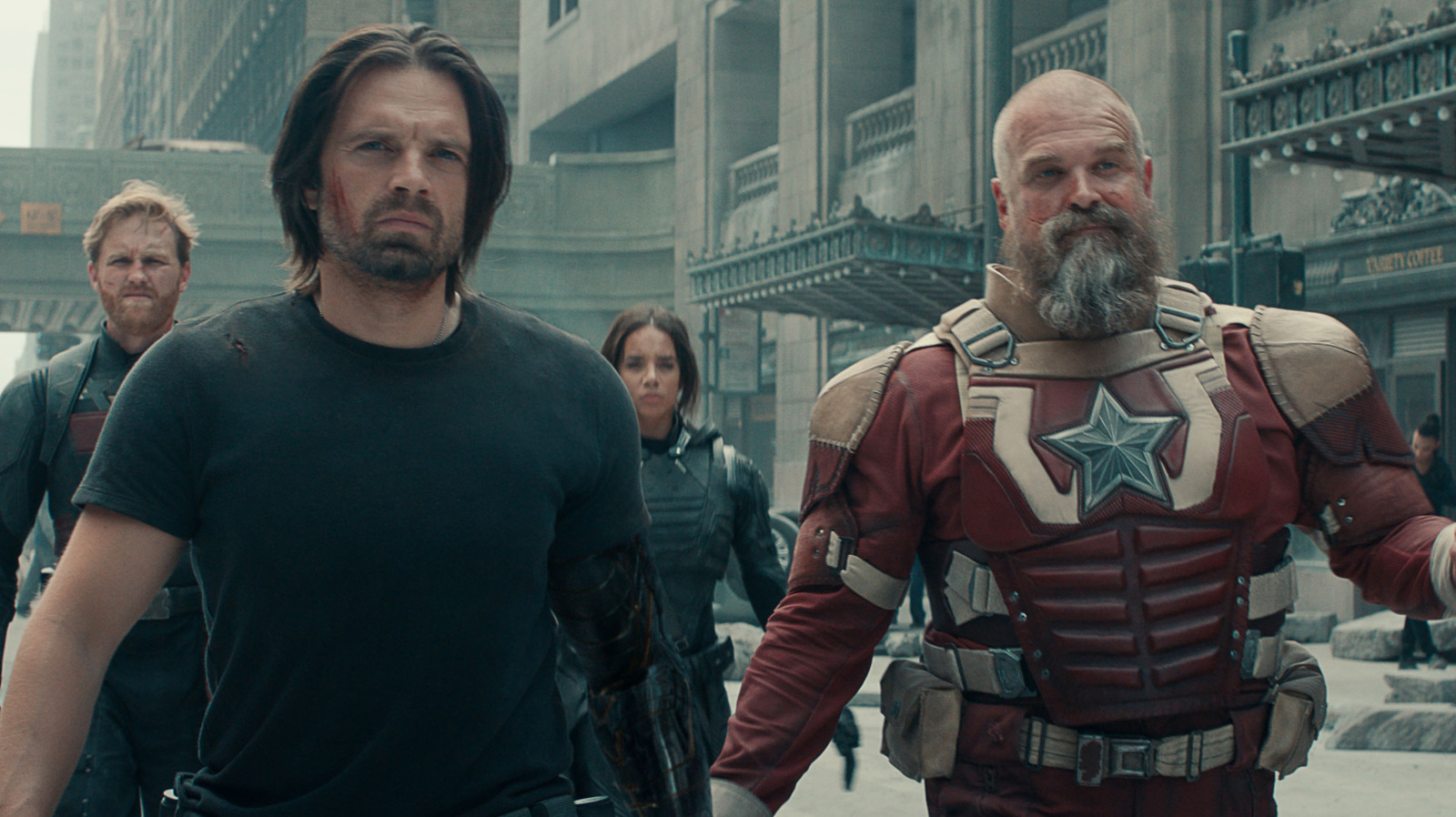CNN’s ‘NewsNight’ Loudly Shows Why Staking Out the Middle Is So Hard for Media
The squabbling panel show lives most robustly in social media, but its "Crossfire"-like partisan talk often feels more like verbal wrestling than enlightened debate The post CNN’s ‘NewsNight’ Loudly Shows Why Staking Out the Middle Is So Hard for Media appeared first on TheWrap.

While it’s difficult to distill the challenges CNN faces down to a single hour, “NewsNight” encapsulates the inherent puzzle that the network and other legacy media must solve, and the elusive quest to find a toehold in that shrinking space known as the political middle.
“Americans with different perspectives aren’t talking to each other, but here they do,” host Abby Phillip says, by way of introducing the nightly program.
But do they, really?
“NewsNight” is one of those shows that consistently pops up in social media feeds, thanks to viral moments (and people who eagerly distribute them) that get sprayed across X and other platforms. Yet while that helps keep the program on people’s radar, those combative clips demonstrate how the motivation to get noticed undermines the basic premise about “talking to each other” as a means of working through political differences.
Therein lies the dilemma for CNN and other news organizations, as the most attention-grabbing content gets reduced to bite-sized, hard-to-monetize bits, while their panelists seek to brand themselves by being the loudest voice at the table, figuratively and often literally.
With Phillip patiently presiding over five panelists of various political stripes,“NewsNight” can quickly become a headache-inducing proposition. Republicans and Democrats go back and forth on a nightly basis, and while the host seldom raises her voice, the partisans under her care frequently talk over each other, uttering snide comments in what alternately appears to be exasperation and calculation.
This week, that included an extended debate parsing what “I don’t know” means, and Phillip saying, “I want to make sure we’re not straying from the point of this conversation,” which actually happens with regularity in those moments when everybody’s talking at once.
In the full-disclosure department, I was laid off by CNN last year, and worked on the digital side, far from the central hub in New York. Despite that disclaimer, I’d like to see the Warner Bros. Discovery-owned network succeed, not just for the sake of former colleagues still employed there but for journalism more broadly, which needs wins wherever it can find them.
To its credit, “NewsNight” does pay lip service to the increasingly quaint ideal of getting squabbling partisans talking about the issues of the day. That’s something you don’t see as frequently on its more polarized rivals, Fox News Channel and MSNBC. (Yes, Fox features liberals, but they’re usually like the lonely Jessica Tarlov on “The Five” — that is, vastly outnumbered.)
Unfortunately, the substance falls well short of “NewsNight’s” high-minded description of itself, often resembling professional wrestling more than enlightened debate — or more charitably, “Crossfire” on steroids, with the modern wrinkle being cable’s“The more the merrier” approach when it comes to packing verbal pugilists into the ring.
In theory, a zesty exchange of ideas should be an entertaining way of exploring issues. The problem, alas, is that the participants have watched enough TV to know what works in terms of pulling the camera’s focus, and like reality-TV contestants who proclaim “I’m not here to make friends” upon arrival, in many instances give away their transparent thirst to get noticed.

Occasionally, that means going a little too far. In one memorable example, conservative Ryan Girdusky was abruptly booted from the program in October after alluding to Israel’s campaign against the anti-Israel group Hezbollah that involved rigging pagers to explode and kill them.
“Well, I hope your beeper doesn’t go off,” he told progressive journalist Mehdi Hasan after he mentioned his support for Palestinians, prompting Phillip to call a timeout and eject him.
As Mediaite’s Colby Hall wrote at the time, “It was a bound-to-happen moment for anyone paying attention to how ‘NewsNight’ has dramatically evolved since it was remade as a classic clash of cable news pundits — each dying to go viral with some sick burn of a partisan rival.”
Indeed, such interludes could hardly be considered unexpected, in the same way networks have had to profess shock, like Claude Rains in “Casablanca,” when reality stars turn out to have misrepresented themselves in their pursuit of 15 minutes of fame.
“NewsNight” also underscores the difficulty traditional news outlets experience in trying to hold the political middle when there’s such a powerful commercial pull from the poles. In a sense, CNN is trying to have it both ways, creating fuel for the ever-hungry outrage machine while serving as a means, however, awkward, to tap into that energy without abandoning its claim to being an even-handed information broker.
Ultimately, “NewsNight” provides a reminder of the principal unspoken demand on cable news: TV shows have license to be a lot of things, but “boring” isn’t one of them.
To a degree, the formula appears to be working. “NewsNight” has become CNN’s most-watched program among the 25-54 age group — TV news’ primary sales demographic — while averaging 573,000 viewers overall, a 12% increasing from the correspondent period last year.
Of course, the program still ranks third among its cable-news competition, well behind Fox News’ “Gutfeld!” and MSNBC’s “The Last Word With Lawrence O’Donnell,” respectively, in total audience. For the month, Fox averaged more than 3 million viewers from 8-11 p.m. ET, compared to 1.5 million for MSNBC, with CNN well behind at 586,000.
Even so, any gains are celebrated in the current linear-TV climate, and it feels as if “NewsNight” lives most robustly in social media, where those fleeting clips allow combatants to burnish their individual punditry portfolios — none more so than commentator Scott Jennings, who has emerged as a reliable Trump defender.
Is there a sustainable business model in that? Maybe, although it’s perhaps more beneficial to somebody like Jennings — who the conservative Media Research Center just honored with a made-up award for “Outstanding Achievement Behind Enemy Lines” — than it is to CNN.
Is there a future for journalism in that? Frankly, that remains the great unknown, but there’s no doubt “NewsNight” could find five people to vigorously express strong and conflicting opinions on both sides.
The post CNN’s ‘NewsNight’ Loudly Shows Why Staking Out the Middle Is So Hard for Media appeared first on TheWrap.












![Life in Startup Pivot Hell with Ex-Microsoft Lonewolf Engineer Sam Crombie [Podcast #171]](https://cdn.hashnode.com/res/hashnode/image/upload/v1746753508177/0cd57f66-fdb0-4972-b285-1443a7db39fc.png?#)







_Andrey_Khokhlov_Alamy.jpg?width=1280&auto=webp&quality=80&disable=upscale#)






























































